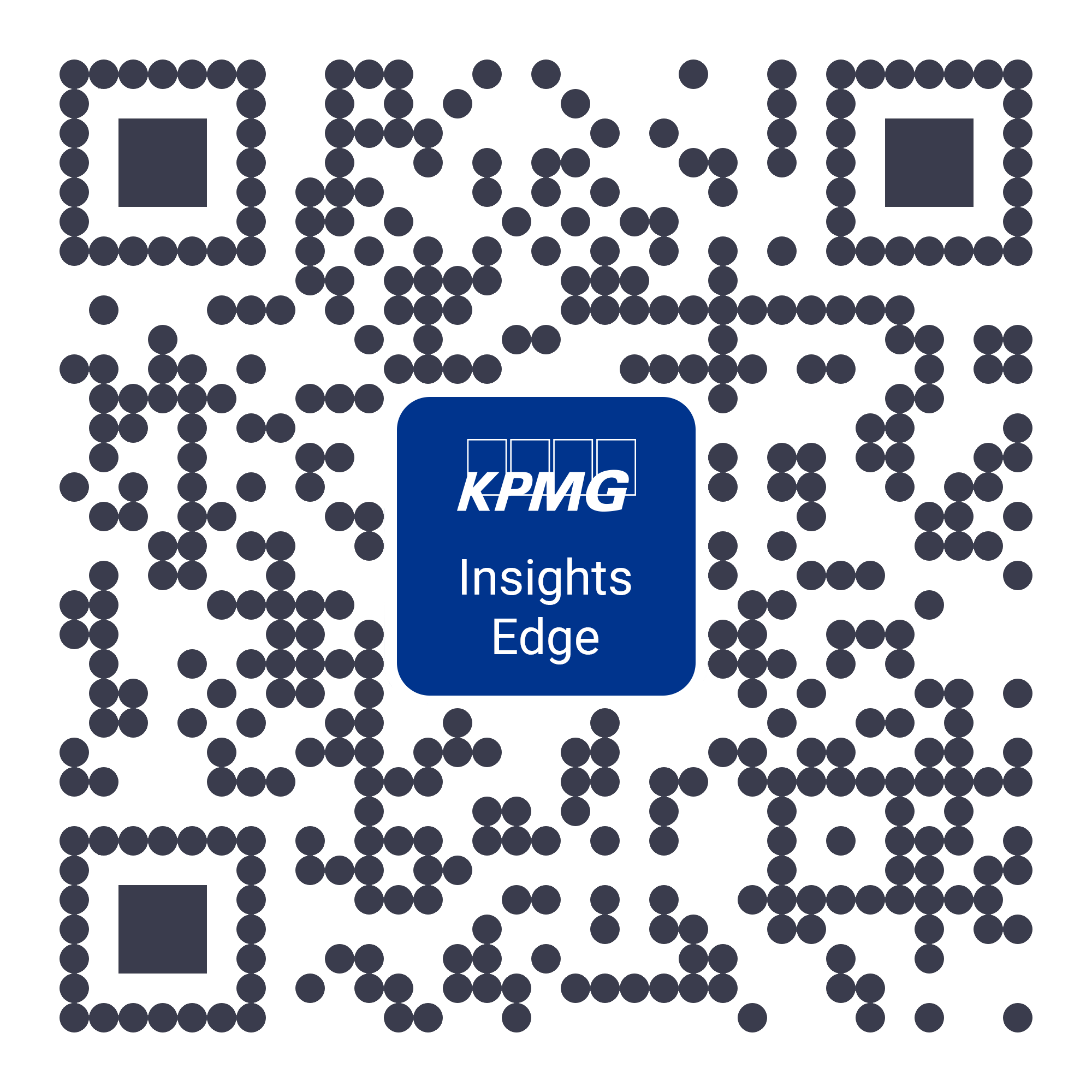Models are critical for the success of an organisation, and thus the identification and management of risks emanating from such models also becomes imperative. In recent history, several risk events have shaken the financial industry due to reliance on inaccurate model output, leading to huge losses for FIs and even bankruptcy in certain cases.
-
Core model development, implementation, and use
-
Independent model validation which comprises:
- Initial validation to assess factors such as model suitability, conceptual soundness, assumptions, limitations, calibration (if applicable) and data used.
- Ongoing monitoring to ensure model performs as intended.
- Validation of implementation as done in production, along with controls.
-
Model risk controls with set governance, processes, and procedures to assist FIs in managing, controlling, or mitigating model risk.
A financial institution needs to determine whether its existing applications can be classified as ‘models’. To achieve this, the institution is required to:
The effectiveness of models, whether based on statistical techniques, mathematical frameworks, or expert judgment, depends on their alignment with organisational objectives, regulatory requirements, and market dynamics. As the financial landscape continues to evolve, the imperative for robust and agile model development practices remains paramount in navigating uncertainty and driving sustainable growth.
Model validation is a significant component of model risk management framework. Model validation activities help any organisation to ensure that the underlying models are reliable and aligned with their business objectives and uses. It is typically performed by an independent team or individuals not participating in model development activities. It is a crucial consideration as it facilitates an impartial analysis of the models and aids in the accurate assessment of results.
Model monitoring is crucial for identifying and mitigating model risks, which can have adverse consequences on business decisions. Ongoing monitoring is essential to evaluate whether changes in products, exposures, activities, clients, or market conditions necessitate adjustment, redevelopment, or replacement of the model and to verify that any extension of the model beyond its original scope is valid.
Model implementation in the production environment is a critical component of Model Risk Management. This includes designing adequate controls and conducting tests to ensure robust model implementation, effective systems integration, and appropriate model output.
The exciting world of technology brings nuanced challenges with it. AI/ ML/GenAI models are now increasingly deployed by various FIs and have become an integral part in business decisions. Some common use-cases and applications include credit screening, fraud detection, default prediction, price forecast, customer churn prediction, and other analytics. AI/ ML/GenAI models serve predictions as the output which are subsequently used to make business decisions, the result of which feeds back as inputs into the future training data.
Increasing reliance on the models and their importance in the overall operations of the financial institutions requires an efficient model risk management framework.
Model Risk Management
Effective model management involves ensuring proper governance and oversight, validation, interpretability, scalability, and ethical considerations.

Key Contact
Rajosik Banerjee
Partner and Deputy Head, Risk Advisory and Head Financial Risk Management
KPMG in India
Access our latest insights on Apple or Android devices


